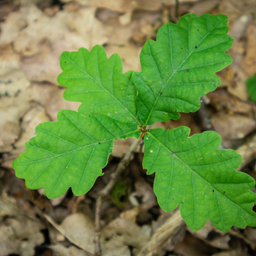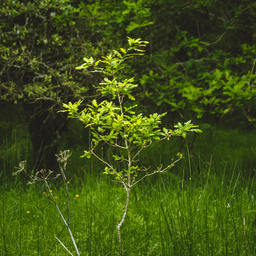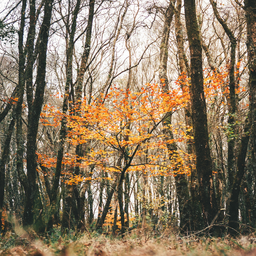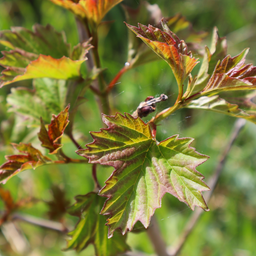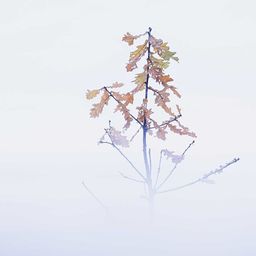
Black Cottonwood: characteristics, use & symbolism
The Black Cottonwood is a part of the Populus genus, meaning it's a poplar variety and has become common in Europe, as it's been planted for its unique properties.
Black Cottonwood
The Black Cottonwood is also known as Western Balsam-Poplar or California Poplar. The species belong to the Salicaceae family. It is a pioneer species originating from Western North America. It thrives in clay soils, it cannot endure droughts and thrives best in areas with a good water supply. It belongs to the Populus genus, it has a characteristic silhouette and can be found throughout Europe either naturally occurring or because it has been planted.
Why EcoTree plants Black Cottonwood
The Black Cottonwood grows very fast which makes it an interesting species for (re)forestation, especially as it tolerates humidity well. In addition, the species help purify the soil through evapotranspiration. It is resistant to many diseases that pose a threat to other tree species. Thanks to these properties, the black cottonwood plays a crucial role in reducing groundwater pollution, thereby helping improve the local environment's quality. Finally, planting the species provides diversity to EcoTree's forests.
Black Cottonwood - Overview
Black Cottonwood - Overview

Black Cottonwood - Species requirements
Black Cottonwood originates from western North America. It thrives in clay soils and tolerates low pH levels (>4.5) but they do not thrive in periods of droughts or flooding. This means it can grow in many places, whether dry, cool, or damp. Finally, it can be planted and grow at altitudes of up to 500 meters.
The Black Cottonwood's timber
Timber from Black Cottonwood is versatile and widely used in various industries for traditional purposes. Its light structure and malleability makes it an ideal choice for lightweight packaging, plywood and matches. Moreover, its robustness makes it the material of choice for constructing pallets and packaging crates. It is also used in the paper industry to produce various types of paper and chipboard. Due to decreasing demand, in certain industries, Black Cottonwood is more often being used as an energy source.
In addition to its traditional uses, the tree stands out as a structural wood thanks to its adaptable, mechanical properties. The finger-jointing technique makes manufacturing long, robust beams from Black Cottonwood possible, offering a cost-effective, solid solution for construction projects.
Symbolism of the Black Cottonwood
The Black Cottonwood has several symbolic meanings, depending on the culture and tradition. In some European cultures, it is considered a sacred tree, linked to life after death. It is often associated with melancholy, the memory of departed loved ones and regeneration. For the Druids, the white leaves symbolise old age. It is also seen as a bearer of hope and new opportunities.
Therefore Black Cottonwood is an ideal gift to mark the start of new beginnings or as a retirement gift!
Our selection of trees
Our goal is to enable anyone to do something that benefits nature and helps us to live in a more harmonious world. So why not become a tree owner in a European forest and help combat climate change?




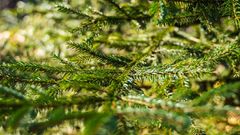

Please note that this is promotional communication. See our notice of information.


